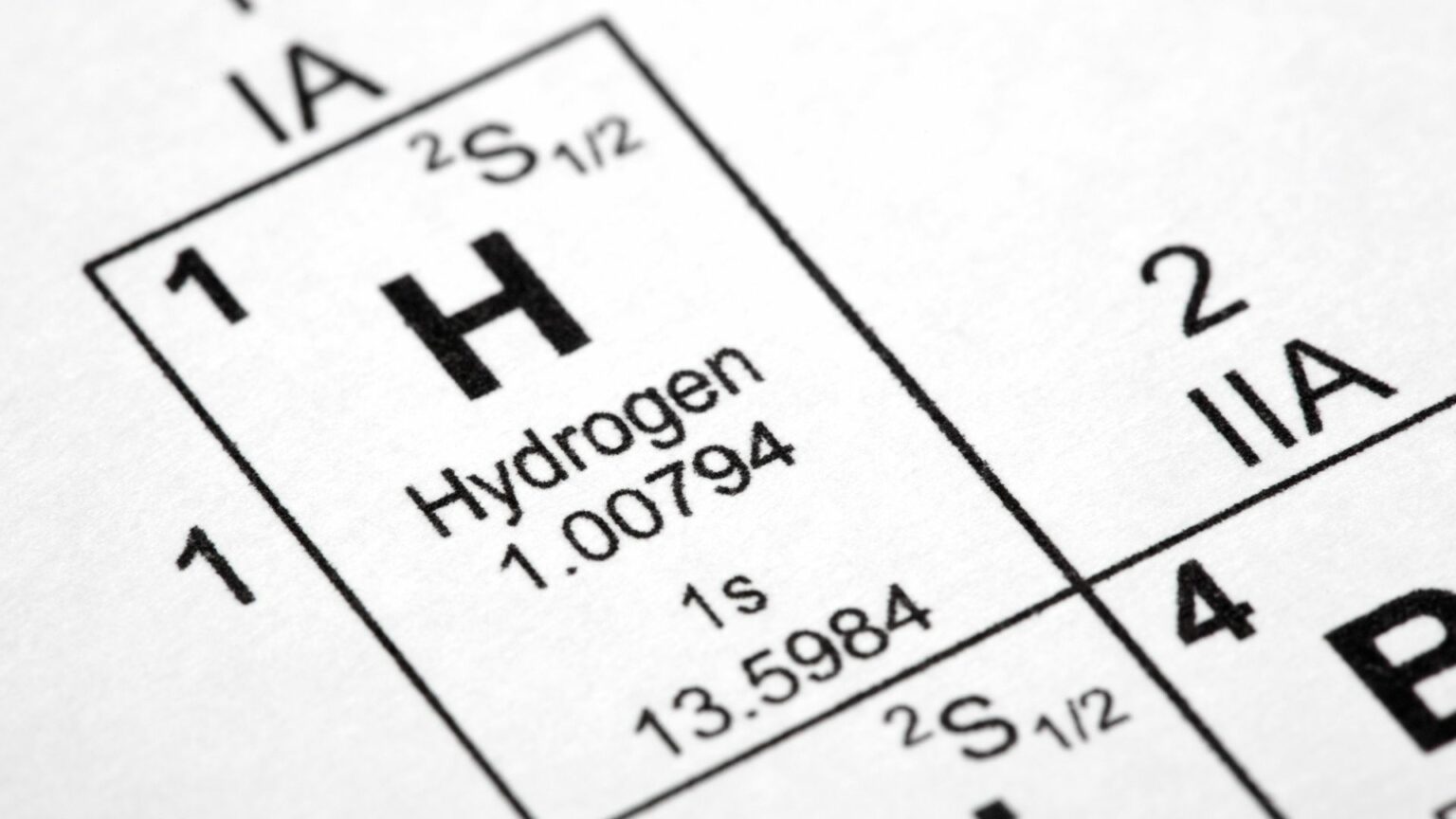In the fervent global competition for clean-burning hydrogen fuel supremacy, China has unexpectedly emerged as a frontrunner, surpassing the United States, according to a recent report from the International Energy Agency.
This revelation is particularly striking, considering the substantial investments made by the Biden administration, including a recent allocation of $7 billion for regional hydrogen hubs.
With the passage of the 2021 Infrastructure Investment and Jobs Act by Congress, accompanied by unprecedented federal spending, the United States appeared to have secured its competitive edge. The 45V tax credit, encompassed in the 2022 Inflation Reduction Act, provided a significant advantage, covering around 60% of the total costs for domestic hydrogen producers adhering to specific low-emission standards.
Sanjiv Lamba, CEO of Linde, a multinational hydrogen producer, expressed enthusiasm for the Inflation Reduction Act, praising its simplicity compared to the European Union’s intricate policies. However, the Treasury Department, tasked with implementing the tax credit, missed the August deadline to issue 45V guidance, raising concerns about potential setbacks.
The Treasury Department is deliberating whether to adopt an “additionality” requirement akin to the European Union’s initial approach. This requirement would categorize clean hydrogen based on the electricity source, specifically favoring hydrogen produced using electricity from newly constructed clean power plants.
At the core of this deliberation is the electrolyzer machine, a pivotal component in producing clean hydrogen. This machine operates by running an electric current through water to separate hydrogen from oxygen.
While the U.S. navigates internal complexities, China’s ascendancy in the global hydrogen race is marked by strategic investments, advanced technology adoption, and streamlined policies. Understanding China’s success becomes imperative to reassess and strengthen the U.S. position.





